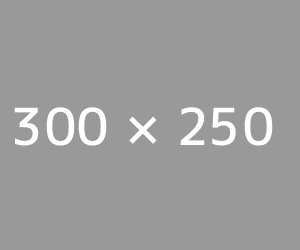From young I’ve loved shows / movies with such format:
- Hero has a mission
- Hero meets other Heroes
- Each Hero has their unique story and ability
- A Party is formed
- The Party goes and accomplish the mission and does it with style
- EPIC WIN!
It could be Oceans Eleven, Lord of the Rings, Heroes and even articles like High Tech Cowboys of the Deep Seas: The Race to Save the Cougar Ace from Wired that gives me a strange kind of high.
I’m in love with the “Party†concept. Its some what like a “Team†but it has a very different feel to it. A “Team†is like… Goal / ROI driven, but for a “Partyâ€, its all about that EPIC WIN!
A party is usually made up of a mix bag of individuals. People with different background, different skills, different life goals, different characteristics, different charisma and more. But however, when they come together, there is a common goal and all these differences compliments one another and the party as a whole is a lot more powerful and can achieve more.
The Party at the work place
In real life, we don’t recruit elves and dwarfs, we don’t wield swords, put on armour and go raid dragon lairs. In real life we also don’t rob banks. In real life, we work as teams on projects and bring back gold coins upon completing quests issued by our beloved clients.
I feel understanding the concept of a Party and how it works, is one step towards the success of the project. The next step would then be to find a party and a party that suits you.
Of cause just putting a bunch of people together will not work. It takes time for the right group of people to gather and to make things more difficult, none of them are actually looking for one another.
So what makes a good party?
Ok let me fast forward into the future that I would like to have. I envision having worked with many different people already and after many years I finally decided to work with a select group of individuals. These individuals together with me love to work with one another because there is a similar frequency, some kind of unspoken affinity. We end up not just being colleagues, not just associates, not just team members, but a close knitted group which not only do amazing work together, but also share life together.
I mean come on, we spend at least 8 hours on weekdays together, that is a huge chunk of our life. Why hang around difficult colleagues or even people you don’t like. Why not integrate work, life & friends, etc. I know its idealistic, but this is really the future I would like to have. So the following is what I think are the key points of a good Party.
- Complementing skills – We should know who is good at what so that when work is distributed every one can go do their stuff in excellence and as a group, we can achieve more.
- Work style rapport – Everyone is comfortable with different work styles. Some like to plan lots up front, some like things to be agile, some like to talk face to face, some like to just email and IM. Some like clear briefs up front, some like briefs to exclude the solution, some like to solution together. So long as everyone likes a similar style, I think it makes it smooth sailing.
- Trust – Once individuals have trust with one another, everyone knows what everyone will do and get done on time. There will be some kind of telepathy. There will be less to worry when there is trust.
- Mutual motivation – There will be times when it gets stressful and challenges are difficult or when timelines are tight. Team members will be cheering each other on, helping each other out, buying each other dinner and coffee. Maybe even looking after each other’s kids while daddy or mommy is busy finishing up the last 20% of the work.
So I say, start analysing the people around and keep the suitable ones around.
Does this make us slutty friends?
Just the thought that we like to hang out and work with people who have certain capabilities does on the surface make us kinda shallow. But you can’t help it. Why would you want in the majority of your waking hours be spending time with people who are negative contributions?
There are people who drain the life out of the team with their pessimistic views and offensive language. There are people who always do the wrong thing or sometimes not even around to do anything. There are the people who are plain useless and bottlenecks. Then there are those who spend more time creating drama in the project then focusing on completing the project.
GGG!
Go check out The Future of Work and you will know how I feel about the future.
Its time we go form our Party to achieve blissful productivity so that we can have our constant EPIC WINS!
